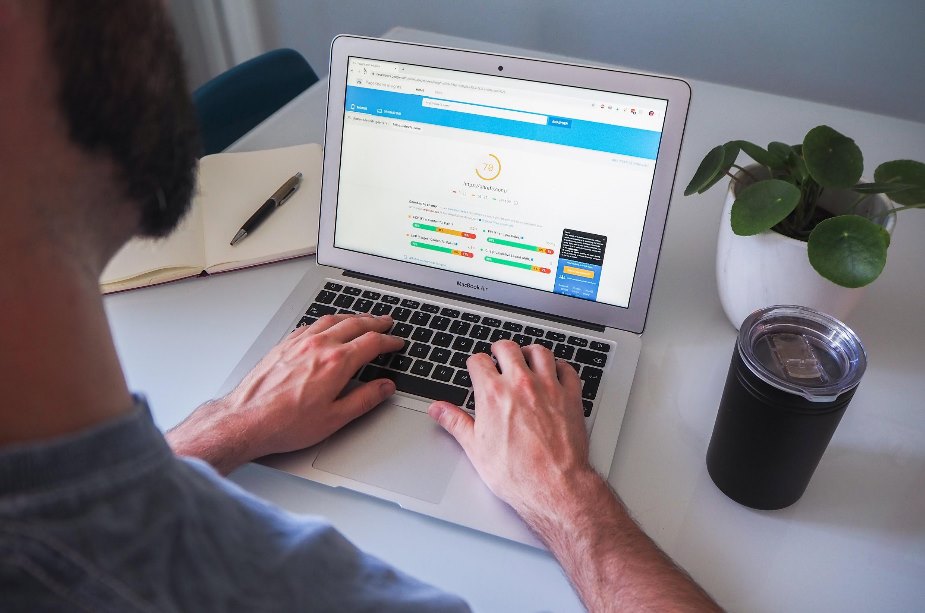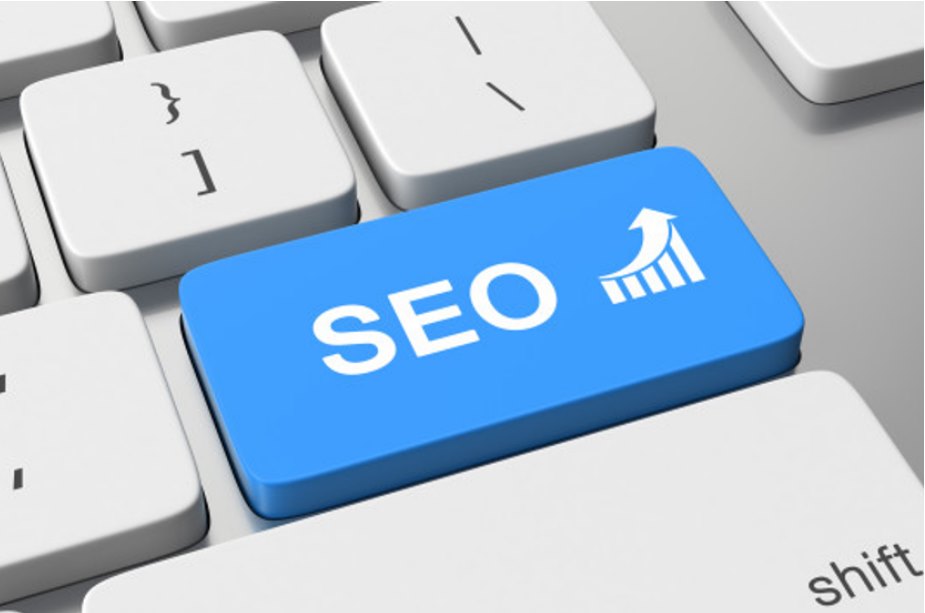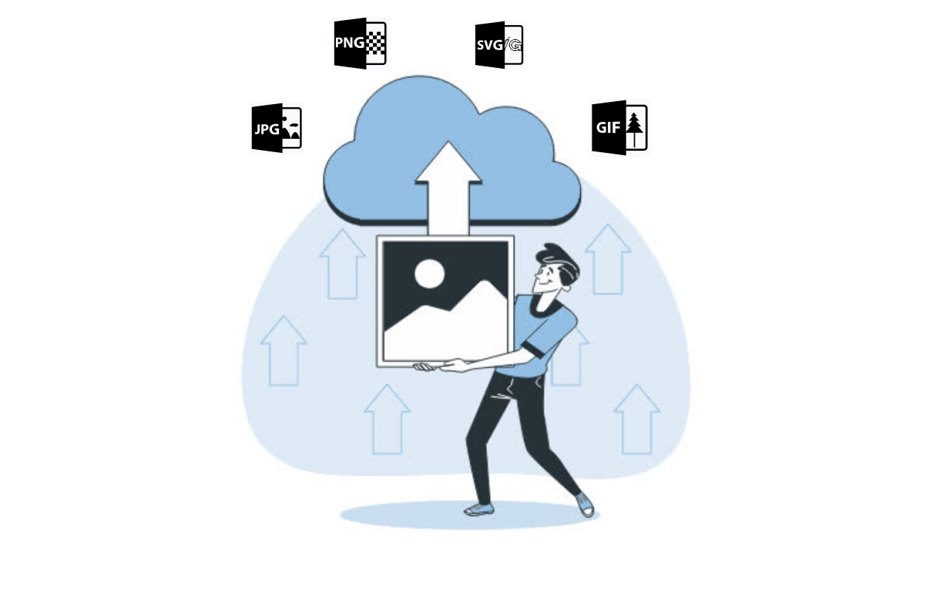Why Image Optimization is Important and How to do it.
In today's digital world having your business online is very important. Having your website on the internet is like having your store or office online from where most of the conversions happen. So like how you design your store or office to look good, you should also design your website to make it look good and interactive. Also, if you are a blogger then including images in your article can bring your article to life making it more interesting for the reader. Images play a vital role on the website because we love to interact with images rather than words. It is rightly said that “A picture is worth a thousand words”. So, now we know why images are important on the website. Now let us know what image optimization is.
What is Image optimization:
Image optimisation is a process of reducing the size of the image as much as possible without sacrificing the quality of the image and also doing image SEO so that it ranks better in Google searches.
Why Image Optimization is Important
According to HTTP archive on an average more than 50% weight of the website consists of images. If we can reduce the size of these images we can have a positive impact on our website. Many studies have shown that day by day our attention span is decreasing so we have around 2-3 seconds to catch the attention of our audience. If the website takes more than 3-4 seconds to load, users abandon the website which results in increased bounce rate.
Now, let’s dive deeper and understand why image optimization is important.
Improves Page Loading Speed:

Page loading speed is the amount of time that page takes to load completely. It depends on many factors,
such as, website host, website design, website layout, etc.
Images are heavy pieces of content, if not optimised properly they can seriously affect your website and may
even cause website loading issues.
Half of your mobile users will leave your website instantly if it takes more than 3 seconds to load.
Most users expect your website to load faster. This means you should ensure that your website page loading
time should be less than 3 seconds.
Enhances User Experience:

Optimising images will improve the page speed and inturn will enhance user experience. If your website
loads faster on all the devices then users will spend more time on the website and there are more chances of
conversion when the user is happy. It has been stated in many studies that users leave the website if it
takes longer to load.
Also faster website experience will increase the returning user rate and the happy users probably buy again
from you. Also many studies have stated that users who are not happy with the page speed do not buy again
from the same website.
Improves SEO Rankings:

Google always says that try to make users happy, Google is happy when users are happy. So just like users, Google doesn't like slow websites. Well optimised images improve engagement, When you put the right combination of title, image description, alt text, caption and much more there are chances of your website images appearing in google search. Optimised images help supplement other SEO efforts and helps your website to rank better.
How to Optimize Image:
Google always says that try to make users happy, Google is happy when users are happy. So just like users, Google doesn't like slow websites. Well optimised images improve engagement, When you put the right combination of title, image description, alt text, caption and much more there are chances of your website images appearing in google search. Optimised images help supplement other SEO efforts and helps your website to rank better.
-
1. Choose the Correct File Name:
Choosing the correct file name is very important and it's the first step of image optimization. Having a correct descriptive and keyword rich file name is important if you want to rank in Google. Google not only reads the website content but also reads the file name to get the better understanding of what the image is about. Hence it is always suggested to choose the correct file name rather than just using default camera assigned names. For example if the image is of man walking on the beach then you should name it as man-walking-on-the-beach.jpg rather than simply using camera assigned name such as DSC4003.jpg
-
2. Reducing the FileSize:
If your website is very slow most of the people will bounce back. As we discussed earlier more than 50% of website weight consists of images so it is very important to properly optimise the images in order to reduce the load time. You can compress the images in Adobe Photoshop, Canva or online image optimizer. Once you reduce the size of the image and upload it on the website, you can check the pagespeed with the help of Google’s pagespeed insight tool.
-
3. Choose the Right File Format:

For images the right format does not exist it depends upon the type of image you are using.You Can choose from different options like . JPG .PNG, .JPEG, .SVG, etc. But, the most common three formats used to post pictures on the web are JPEG, PNG and SVG Use JPEG for larger size or illustrations, use PNG if you want to preserve background transparency, and use SVG format for logos and icons.
-
4. Choose the Alt text carefully:
Alt attribute is the text alternative for the image. If for some reason the browser is unable to load the image it displays the alt text. Even if browser loads the image correctly you can still see the alt text when you hover over the image (depending on your browser settings)
Adding alt attributes adds SEO value to your website. Adding appropriate alt text which is keyword rich and relevant to your image can help your website to rank better. The complete HTML image tag with alt attribute looks like this:
<img src=“image.jpg” alt=“image description”> -
5. Use XML Image Sitemaps:
Sometimes web crawlers can't crawl the images that are not called out specifically.So, in order to let crawlers know about unidentified images we should use image sitemaps. Sitemaps give additional information about images to Google.Which help the search engine to understand the content better and rank the website.
Adding sitemap doesn't guarantee you that our images will get indexed in Google but it's certainly a positive step towards image optimization.